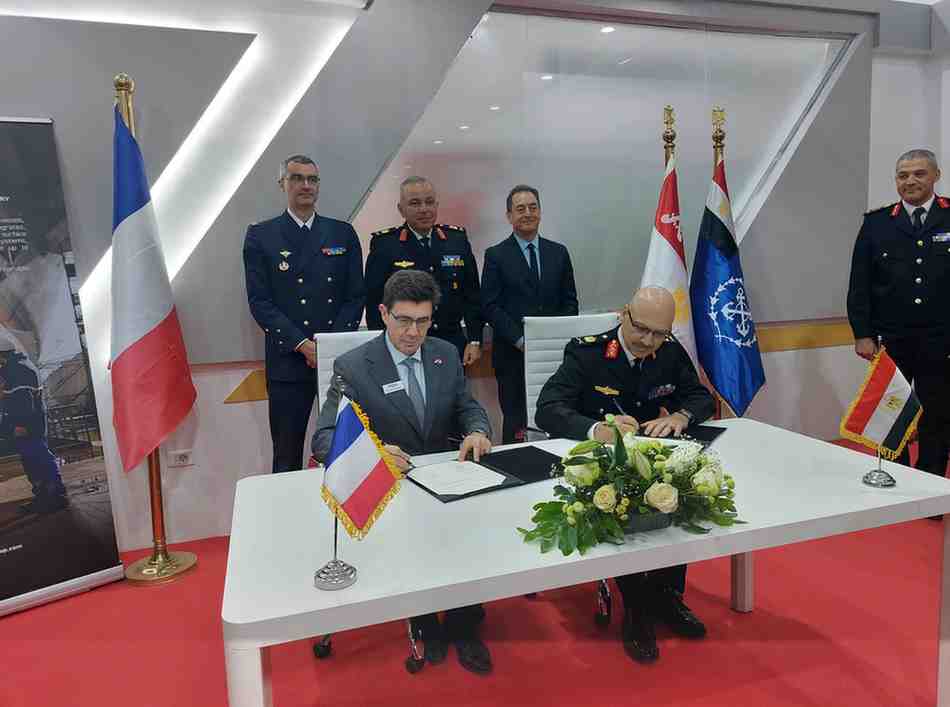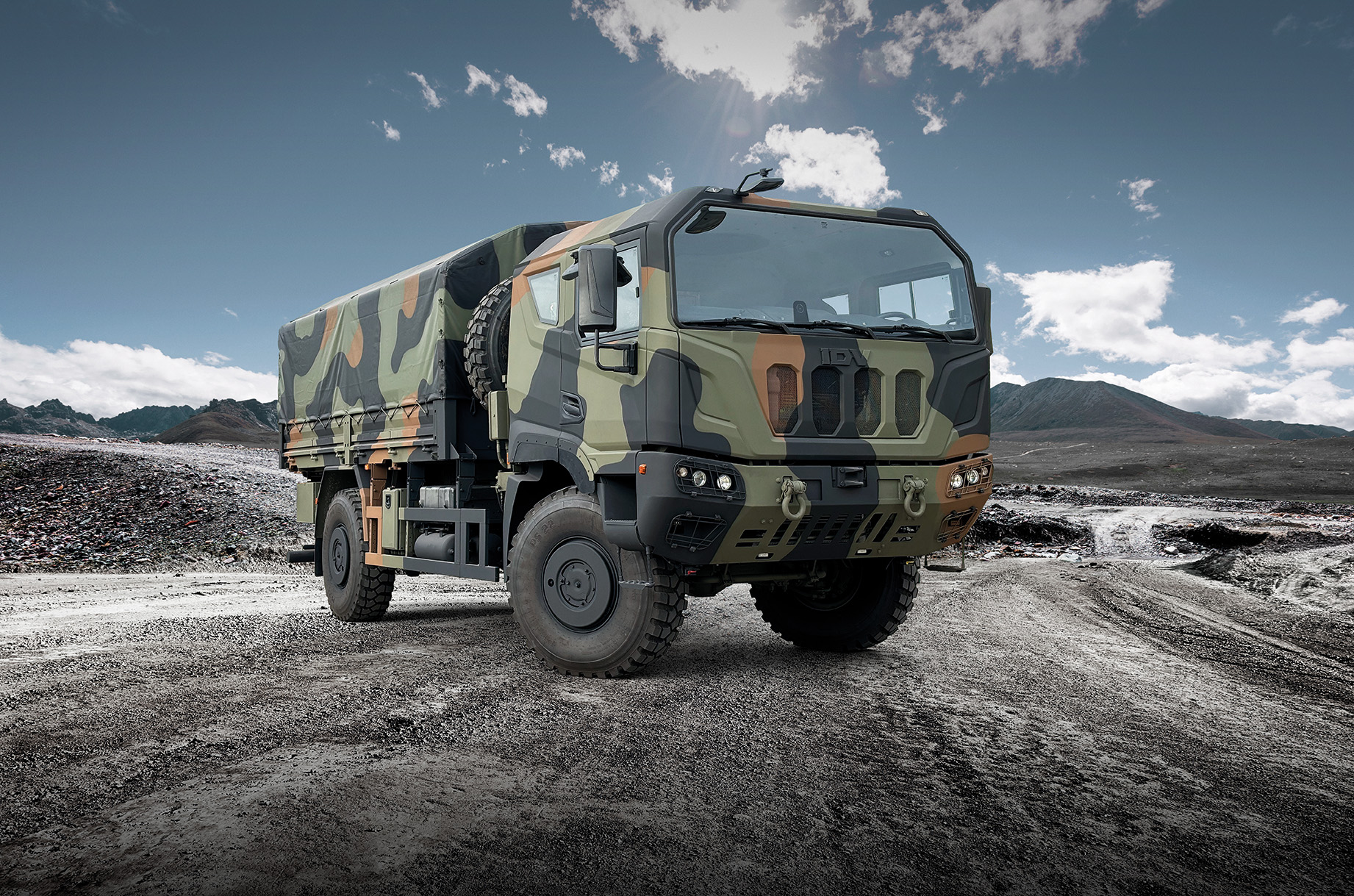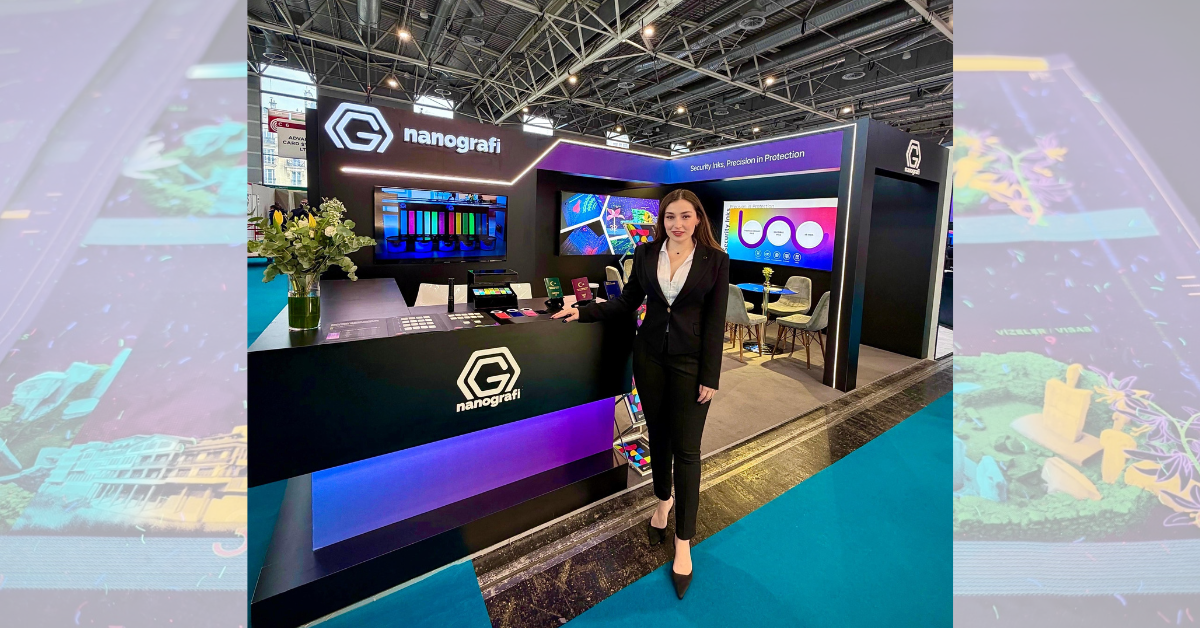Rapid advancements in the integration of robotics and autonomous unmanned systems are transforming the defense industry. Such technologies are no longer a futuristic concept but a tangible force, poised to reshape operational strategies, demand new skillsets, and foster a new era of collaboration and innovation.
During the Future Defense Forum at World Defense Show 2024, Jeff Massimilla, VP of Global Engineering, Design and Technology at General Dynamics Land Systems, provided valuable insights into this transformative trend, emphasizing both the immense potential and the complex challenges involved.
Massimilla correlated the industry’s transition toward autonomous systems to his own personal career stating, “My career move from the automotive industry to defense is in a way similar to what’s happening with robotics and autonomous systems moving from the commercial world into the defense industry. And it’s happening at breakneck speed.”
The Autonomous Systems Revolution: A New Era for Defense
The shift towards autonomous systems represents a fundamental change in how defense operations are conducted. Powered by advancements in artificial intelligence (AI), sensor technology, and ubiquitous connectivity, these systems are now capable of performing a widening range of tasks, from reconnaissance and surveillance to logistics and other critical support functions, requiring minimal human intervention.
Emphasizing how monumental this shift is, Jeff Massimilla stated, “Thanks to the advancement of AI …the capabilities we are talking about today have gone from being nice to have to being need to have. As members of the defense industry, we have a responsibility, even an obligation, to provide our customers with technologically advanced, highly integrated capabilities.”
Key Enablers of Transformation
Several key attributes are enabling this transformation, redefining the way defense systems are designed, operated, and maintained. Connectivity ensures seamless information sharing and collaboration across all defense elements for effective operations. Autonomy enhances efficiency and effectiveness by enabling systems to perform tasks independently, freeing up personnel for more strategic roles. Adaptability allows systems to quickly adjust to changing conditions and emerging challenges, maintaining a technological advantage. Finally, supportability guarantees long-term maintenance and upgrades to ensure the continued effectiveness of these advanced systems.
Navigating the Integration Landscape
In his presentation, Massimilla identified challenges faced when integrating robotics and autonomous systems into existing defense infrastructure and how to address them.
First and foremost, interoperability is crucial — ensuring that autonomous systems can seamlessly communicate and collaborate with existing platforms and allied partners is essential for effective operations. As Jeff Massimilla pointed out, “Militaries around the world are developing systems that often do not work well with the systems used by their allies. Think of the benefits that could be realized if there were a greater synchronization of efforts.”
Achieving cost-effectiveness is another key challenge. Exploring modular designs, leveraging commercial off-the-shelf components, and optimizing resource allocation to balance performance with affordability are necessary for widespread adoption.
Furthermore, building trust in autonomous systems is paramount. Overcoming the skepticism surrounding these technologies requires rigorous testing, validation, and ongoing human oversight. “One of the inherent challenges in the integration and adoption of robotic and intelligent systems is the trust that humans have in machines,” Massimilla explained. “A lack of confidence can result in the under-utilization of these technologies.”
Lastly, ensuring safety and security is of utmost importance, an area where the defense industry can follow lessons learned from the commercial industry. Protecting autonomous systems from cyber threats to ensure safe and reliable operations can be accomplished by implementing robust cybersecurity measures, incorporating redundancy and fail-safe mechanisms, and adhering to strict safety protocols.
Collaboration and Innovation: Keys to Success
Realizing the full potential of autonomous systems requires a collaborative approach, bringing together the expertise of industry, government, and academia. By fostering open communication and sharing knowledge, stakeholders can accelerate innovation and be more equipped to overcome the challenges of integration.
Stressing General Dynamics’ commitment to a collaborative ecosystem, Massimilla said, “We work to collaborate with our customers, industry and academia, to stay at the leading edge of technology. We also ensure that the safety and security of our customers remain a top priority. And finally, we determine how to integrate breakthrough technologies into our innovative platforms.”
A collaborative spirit is essential for unlocking the transformative potential of robotics in defense. As Massimilla noted, “Robotics have the potential to completely transform the defense industry. We are up for that challenge. Let’s work together to share new ideas and perspectives about the value and use of our autonomous systems.”
In conclusion, as robotics and autonomous systems revolutionize the defense industry, they present both unprecedented opportunities and complex challenges. By embracing innovation, fostering collaboration, and prioritizing responsible development, stakeholders can unlock the full potential of these technological advancements and shape a future where defense systems are more effective, efficient, and secure.
A Platform Catalyzing Progress
Discussions at World Defense Show 2024 highlighted the critical need for ongoing dialogue and collaboration as the defense industry undergoes a period of rapid transformation. Looking ahead, the 2026 edition will shine a spotlight on autonomous and robotic technologies through the launch of the dedicated Unmanned Systems Zone, alongside high-level speaking sessions led by pioneers in AI-enabled and autonomous systems within our new Future Defense Lab. Held under the theme The Future of Defense Integration, World Defense Show 2026 will serve as a key platform for showcasing the very latest autonomous systems technologies, as well as the approaches necessary to facilitate their adoption into the wider defense ecosystem.
- GDI Staffhttps://defensetalks.com/author/umair/
- GDI Staffhttps://defensetalks.com/author/umair/
- GDI Staffhttps://defensetalks.com/author/umair/
- GDI Staffhttps://defensetalks.com/author/umair/












